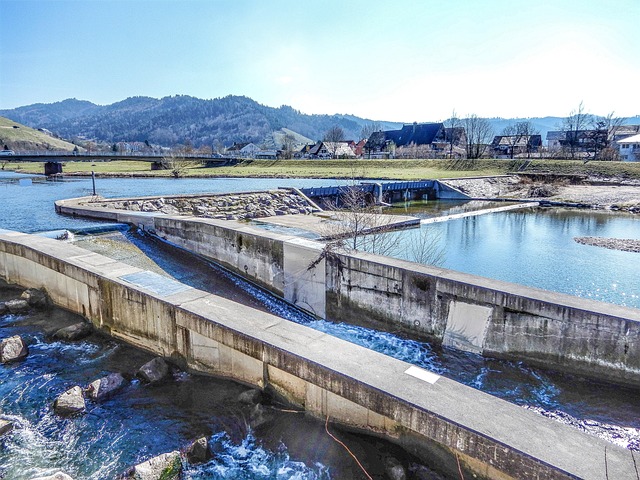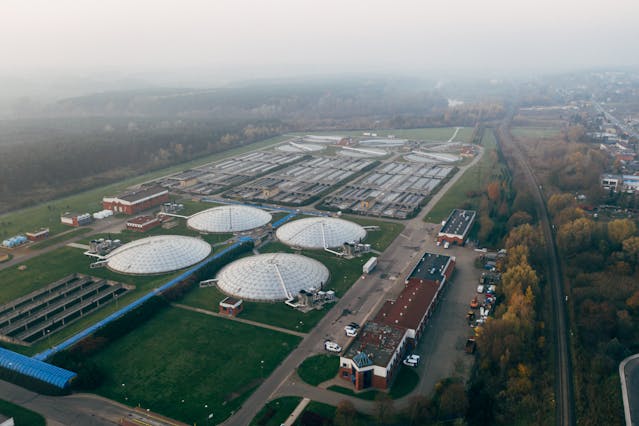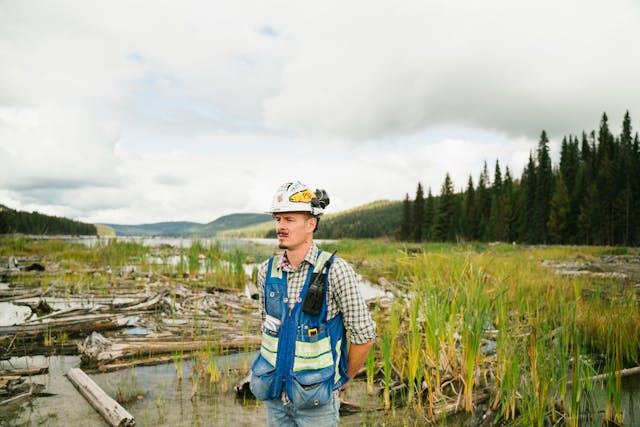Environ engineering is a vital and dynamic field dedicated to protecting and improving the environment. Combining principles from various scientific disciplines, it addresses some of the most pressing challenges facing our planet, such as pollution, waste management, and climate change. This article delves into the core aspects of environmental engineering, its importance, and the various ways in which it contributes to a sustainable future.
The Core of Environmental Engineering
At its essence, environmental engineering focuses on developing sustainable solutions to environmental problems. This multidisciplinary field encompasses elements of civil engineering, chemical engineering, biology, and ecology. Environmental engineers work on designing and implementing systems that reduce pollution, manage waste, and protect natural resources. They play a crucial role in ensuring that human activities have minimal adverse effects on the environment.

Key Areas of Focus Environ in Engineering
- Water and Wastewater Management: One of the primary concerns of environmental engineering is the provision of clean and safe drinking water, as well as the treatment of wastewater. Engineers design and maintain water treatment plants that remove contaminants from drinking water and treat sewage and industrial effluents to prevent water pollution. Advanced techniques, such as membrane filtration, ultraviolet (UV) disinfection, and biological treatment processes, are employed to ensure water quality.
- Air Quality Control: Environmental engineers devise strategies to monitor and improve air quality. This involves controlling emissions from industrial processes, reducing vehicular pollution, and managing indoor air quality. They use technologies such as electrostatic precipitators, scrubbers, and catalytic converters to capture or reduce harmful pollutants before they are released into the atmosphere.
- Solid Waste Management: Efficient management of solid waste is another critical area. Environmental engineers develop systems for waste collection, recycling, and disposal. They design landfills that minimize environmental impact and explore innovative recycling methods and waste-to-energy technologies. Composting and anaerobic digestion are also used to treat organic waste sustainably.
- Soil and Groundwater Remediation: Contaminated sites pose significant risks to ecosystems and human health. Environmental engineers use various techniques to remediate polluted soil and groundwater. These methods include bioremediation, where microorganisms break down pollutants, and phytoremediation, which uses plants to absorb contaminants. Physical and chemical methods, such as soil washing and in-situ chemical oxidation, are also employed.
- Sustainable Design and Green Infrastructure: Environmental engineering emphasizes sustainable design practices. Green infrastructure, such as green roofs, permeable pavements, and urban green spaces, helps manage stormwater, reduce urban heat island effects, and enhance biodiversity. Engineers also work on developing energy-efficient buildings and renewable energy systems, including solar and wind power installations.
Using AutoCAD Plant 3D software, engineers can design and optimize complex infrastructure projects, such as industrial plants, water treatment systems, and renewable energy facilities, ensuring they meet sustainability goals.
The Importance of Environ Engineering
Environmental engineering is crucial for several reasons:
- Public Health: By ensuring clean air, water, and soil, environmental engineers protect human health from the harmful effects of pollution and hazardous waste.
- Ecosystem Protection: Their work helps preserve natural habitats and biodiversity, mitigating the impact of human activities on ecosystems.
- Climate Change Mitigation: Environmental engineers contribute to the fight against climate change by developing technologies and strategies that reduce greenhouse gas emissions and promote renewable energy sources.
- Sustainable Development: They play a key role in promoting sustainable development, ensuring that economic growth does not come at the expense of environmental degradation.
Here are some notable examples of environ engineering projects and initiatives:
#1. Wastewater Treatment Plants

Blue Plains Advanced Wastewater Treatment Plant (Washington, D.C., USA): One of the largest and most advanced wastewater treatment facilities in the world. It uses a combination of biological nutrient removal, chemical treatment, and filtration to treat sewage from the Washington metropolitan area, significantly reducing nutrient pollution in the Chesapeake Bay.
#2. Air Quality Improvement
Los Angeles Clean Air Action Plan (CAAP): This comprehensive plan involves multiple strategies to reduce air pollution in Los Angeles, one of the most polluted cities in the U.S. Measures include stricter emissions standards for vehicles, increased public transportation options, and incentives for electric and hybrid vehicles.
#3. Solid Waste Management

San Francisco Zero Waste Program (California, USA): San Francisco has implemented an ambitious program aiming to achieve zero waste by promoting recycling, composting, and reusing materials. The city has achieved a diversion rate of over 80%, significantly reducing landfill use.
#4. Soil and Groundwater Remediation
Love Canal Cleanup (Niagara Falls, New York, USA): One of the most notorious environmental disasters, where hazardous waste dumping led to severe soil and groundwater contamination. The cleanup involved extensive soil excavation, containment, and long-term groundwater monitoring, transforming the area into a safer environment.
#5. Sustainable Design and Green Infrastructure
High Line (New York City, USA): An elevated linear park built on a disused railway line, incorporating green infrastructure elements such as permeable paving, native plantings, and rainwater harvesting systems. It provides recreational space while managing stormwater and reducing urban heat island effects.
#6. Renewable Energy Projects

Gemasolar Thermosolar Plant (Seville, Spain): A solar power plant that uses molten salt to store energy, enabling it to generate electricity even when the sun isn’t shining. This innovative approach to solar power addresses the intermittency issue associated with renewable energy sources.
#7. Ecosystem Restoration
Everglades Restoration (Florida, USA): A comprehensive effort to restore the natural flow of water through the Everglades, which has been altered by decades of drainage and development. The project involves removing barriers, replanting native vegetation, and managing water levels to revive this unique and vital ecosystem.
#8. Water Resource Management
Singapore’s NEWater Project: Singapore has developed an advanced system for treating wastewater into high-grade reclaimed water, which is used for both potable and non-potable purposes. NEWater reduces the country’s dependence on imported water and ensures a sustainable supply.
#9. Bioremediation
Oil Spill Cleanup using Bioremediation (Deepwater Horizon, Gulf of Mexico, USA): After the Deepwater Horizon oil spill, bioremediation techniques involving oil-degrading bacteria were employed to help break down the oil, minimizing environmental damage to the marine ecosystem.
#10. Climate Resilience Projects
HafenCity (Hamburg, Germany): An urban development project designed with climate change adaptation in mind. It includes elevated buildings to cope with rising sea levels, green roofs, and energy-efficient construction, aiming to create a resilient and sustainable urban area.
These examples highlight the diverse applications of environmental engineering in addressing various environmental challenges, showcasing the field’s critical role in fostering a sustainable future.
Future Challenges and Innovations
As the world grapples with escalating environmental issues, the role of environmental engineers becomes increasingly critical. Innovations in technology, such as the use of artificial intelligence and big data for environmental monitoring, are paving the way for more effective solutions. Additionally, the field is likely to see advancements in areas such as circular economy practices, where waste is minimized, and resources are continually reused.
Environmental engineering is a cornerstone of efforts to achieve a sustainable and healthy planet. By addressing the environmental challenges of today and innovating for the future, environmental engineers are essential stewards of our planet’s well-being, ensuring that future generations inherit a world capable of sustaining life in all its diversity.
Note: Environ and Environmental Engineering are the same; we use ‘environ’ as a short form of Environmental Engineering.




